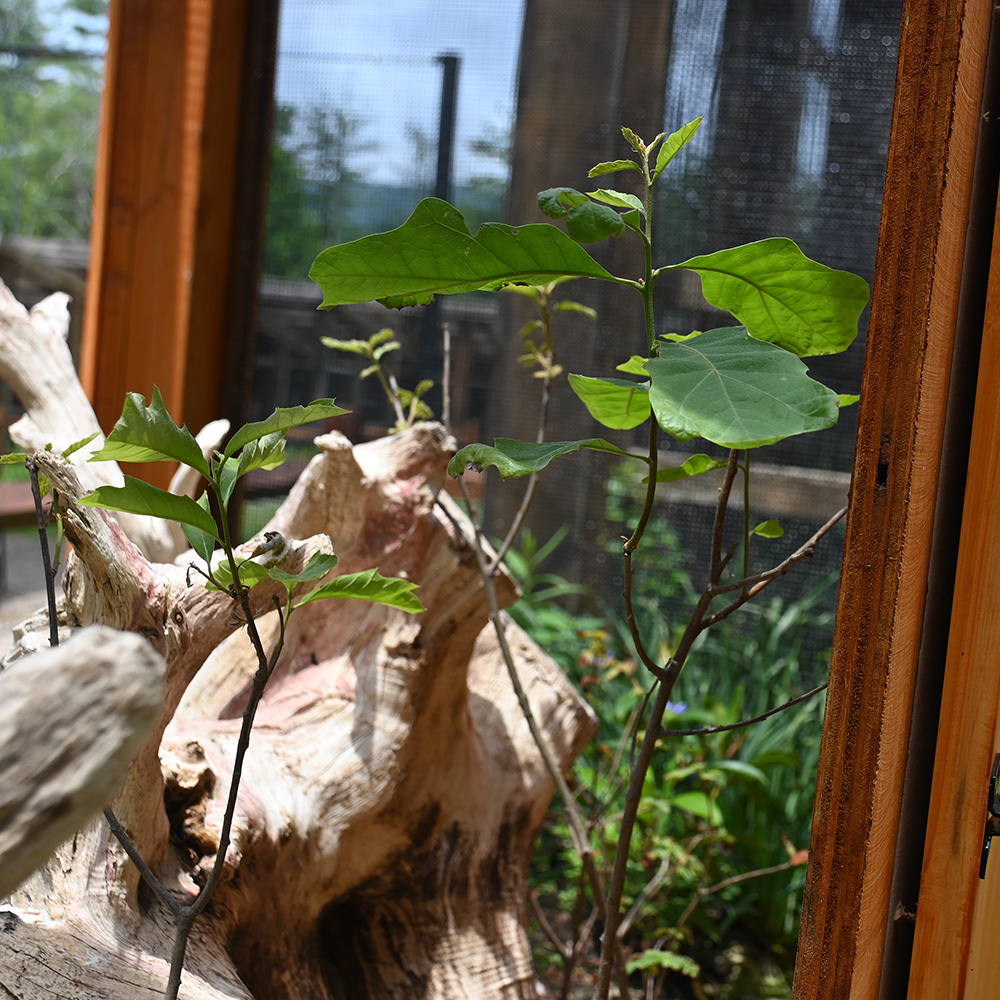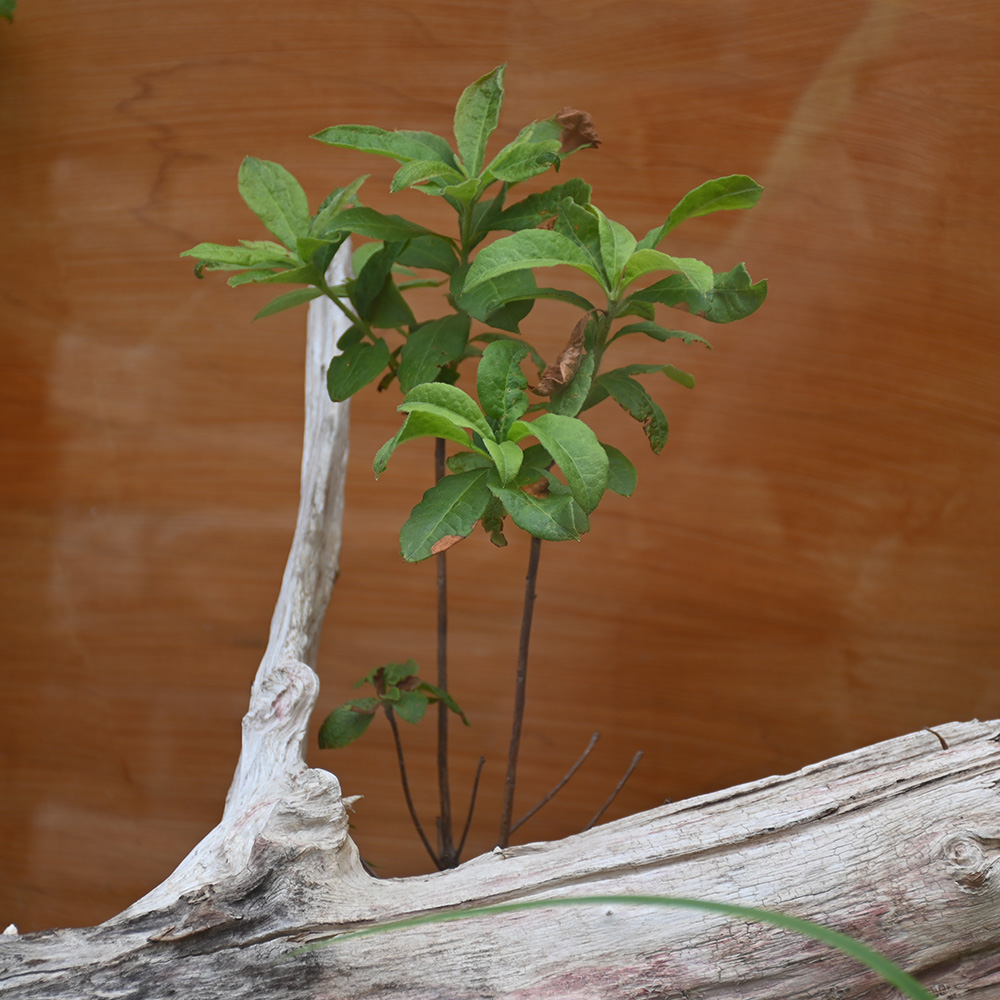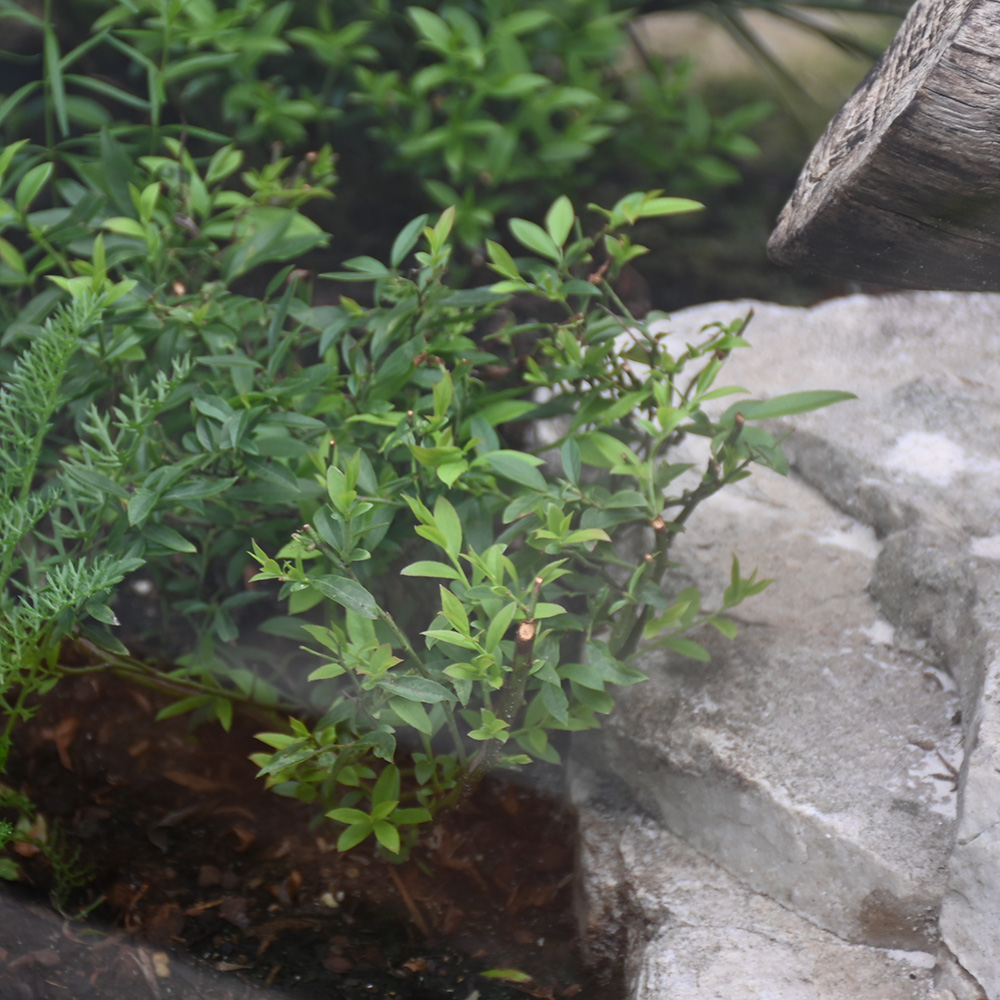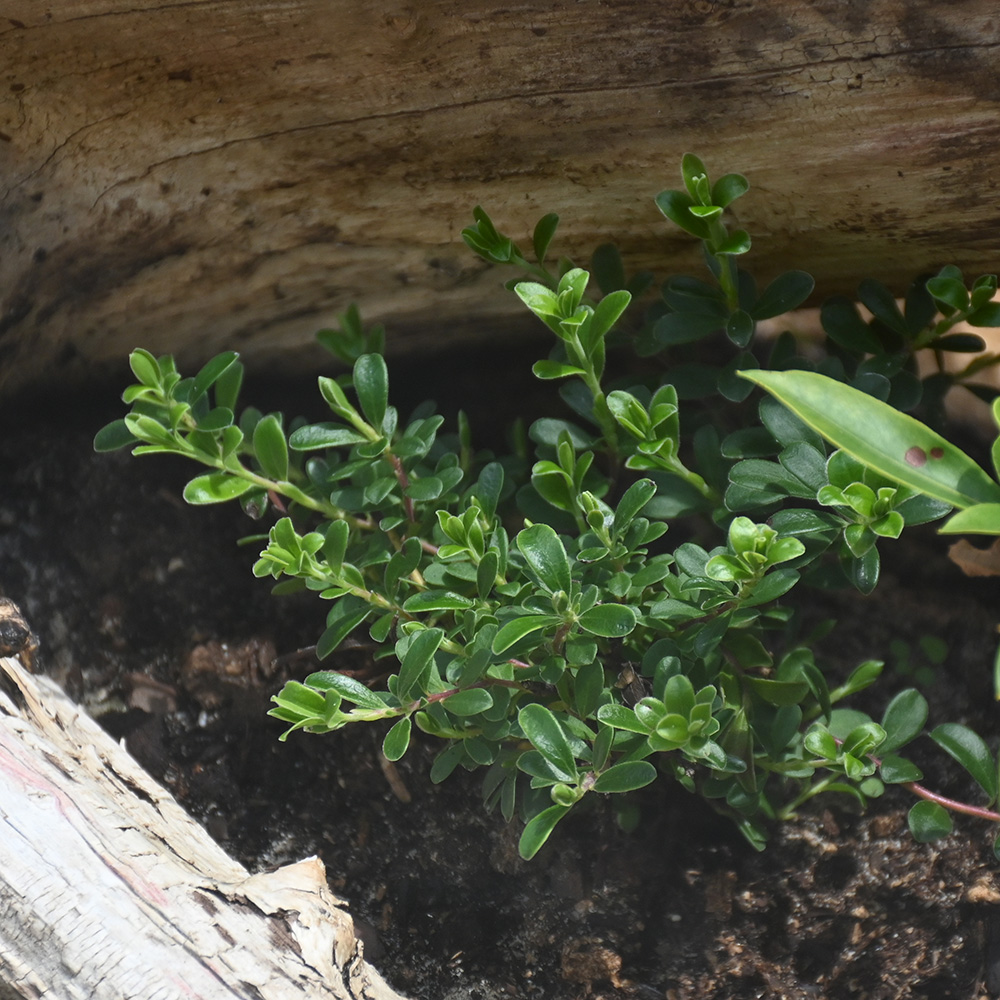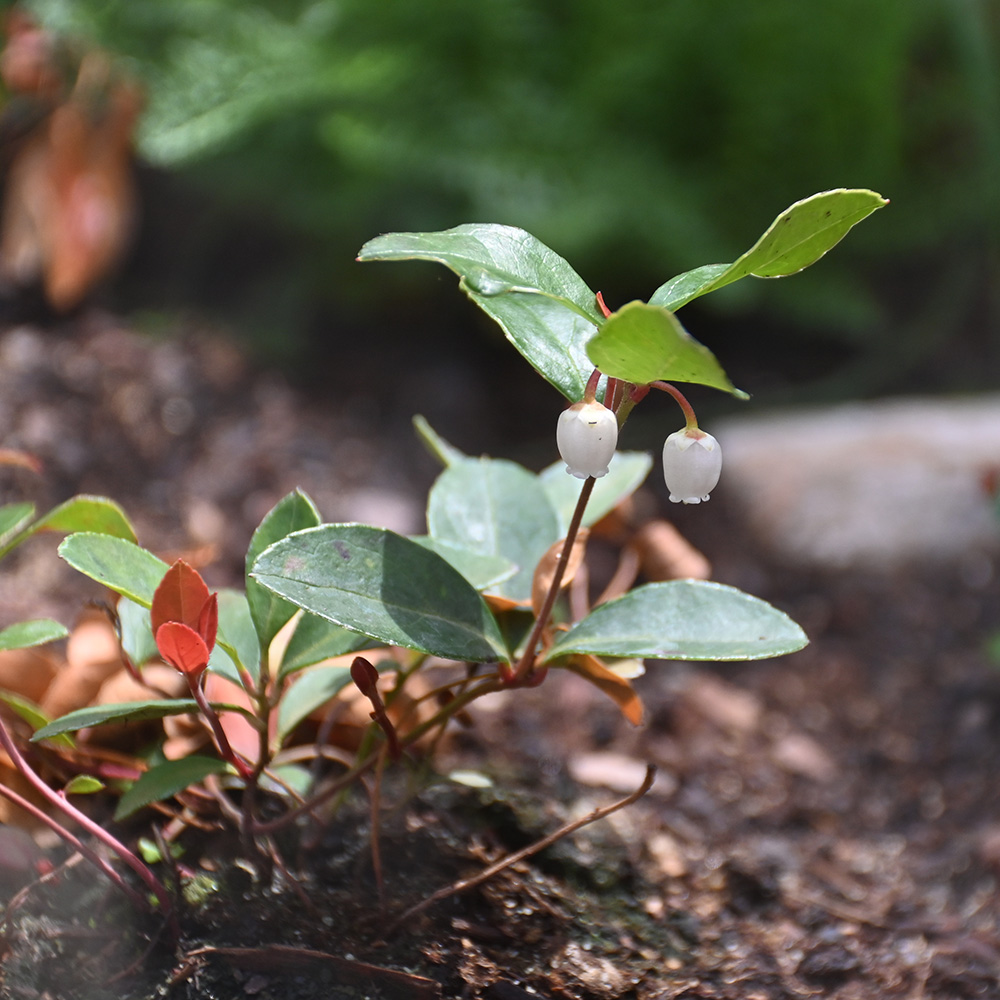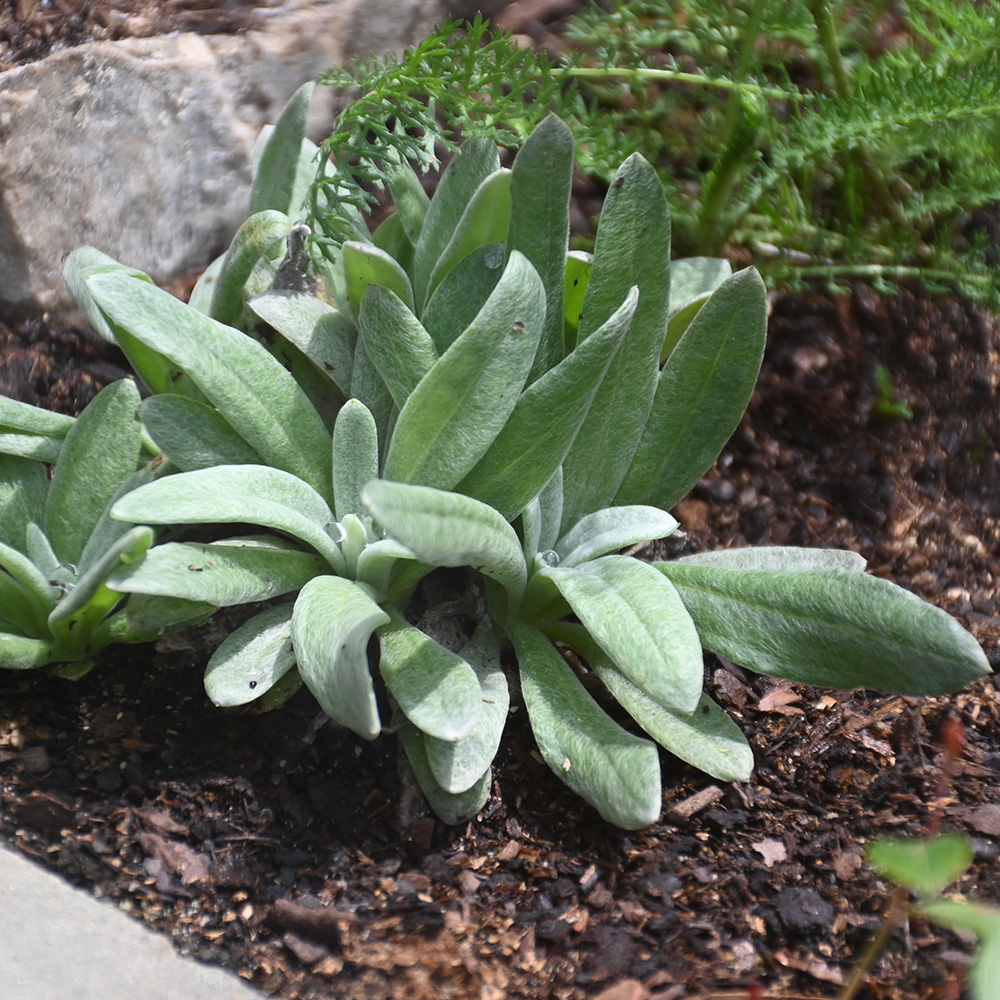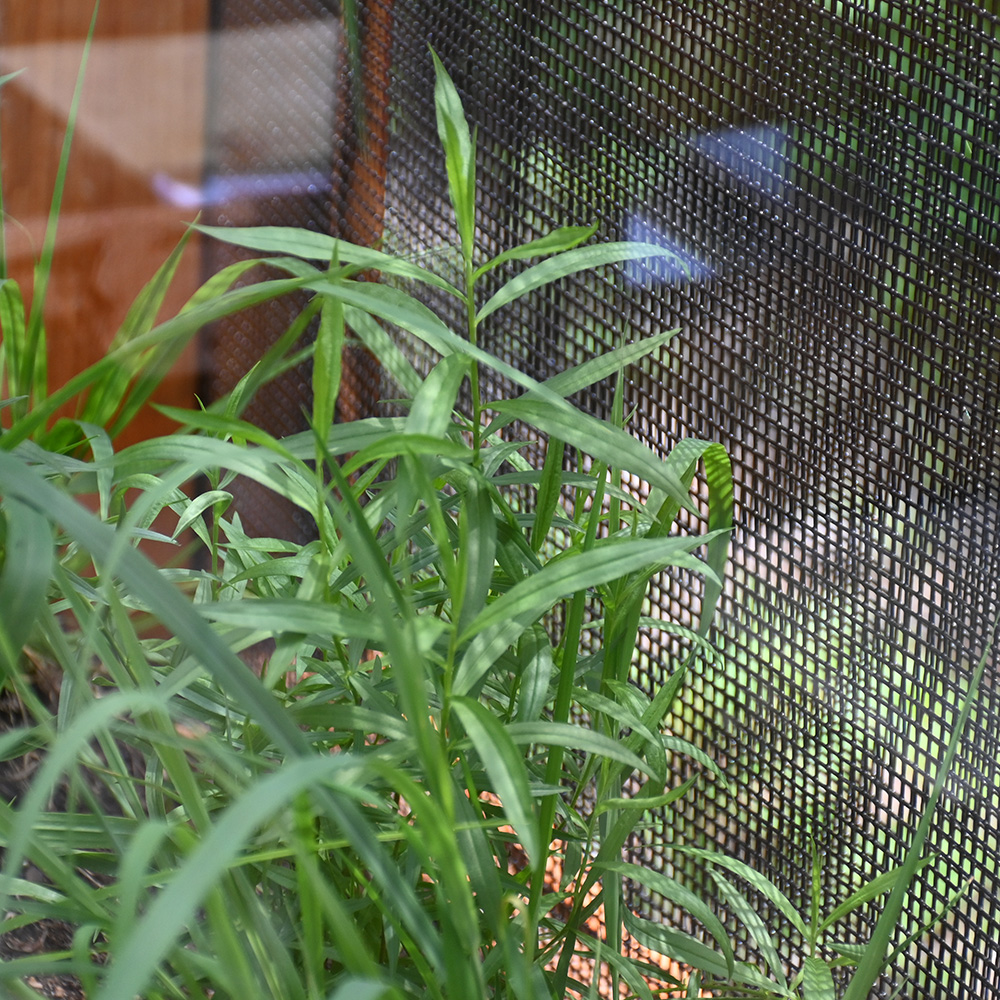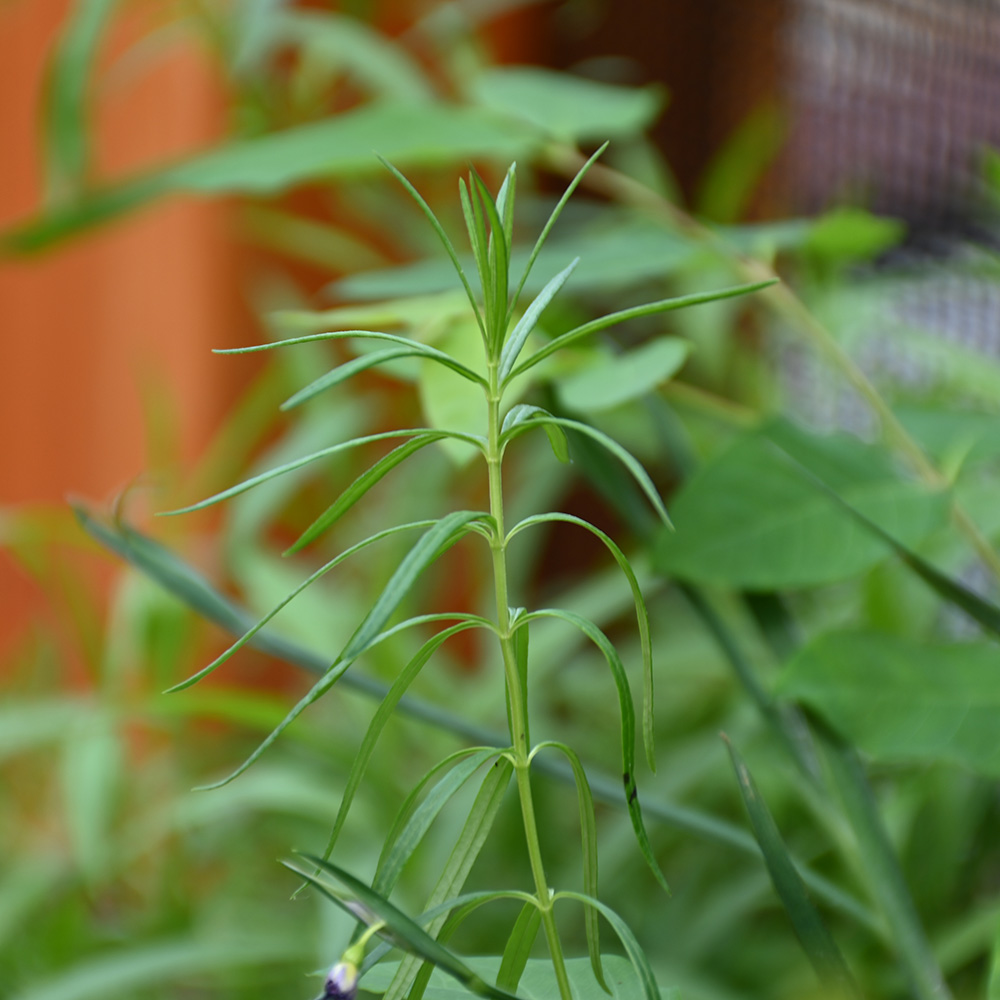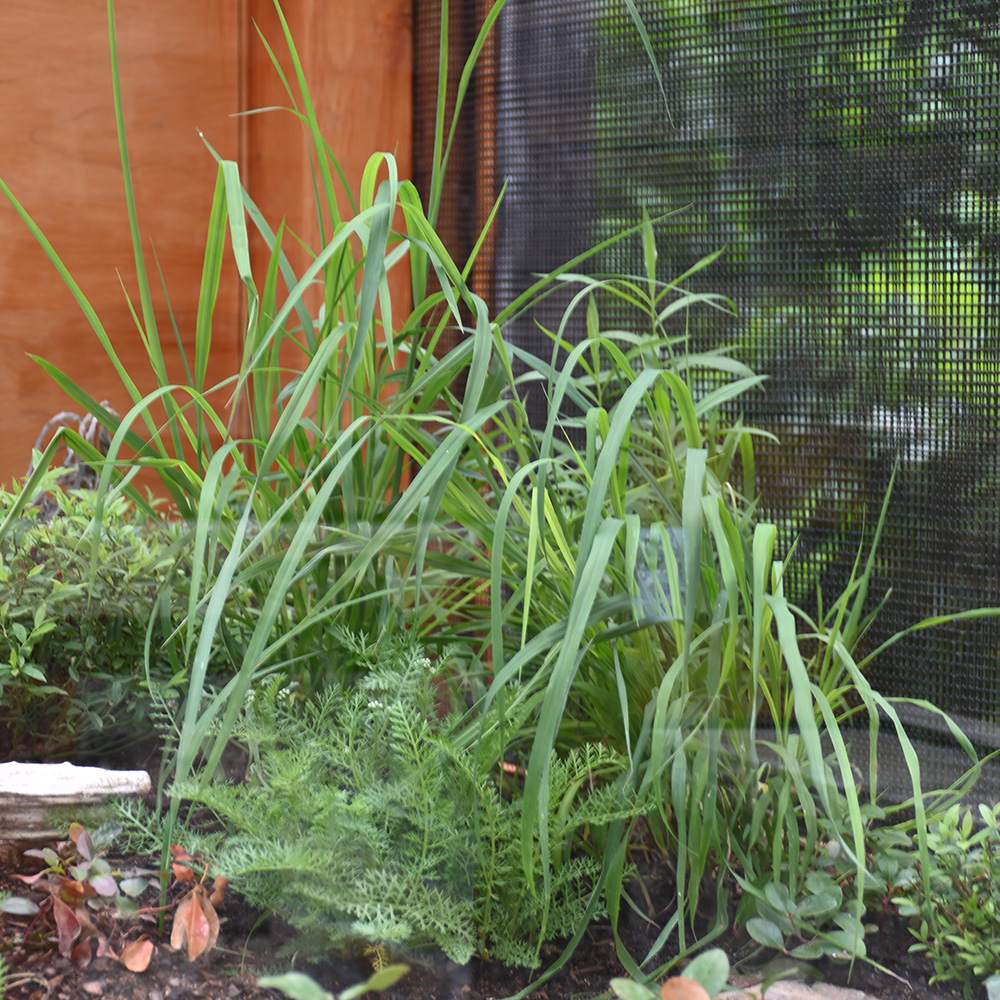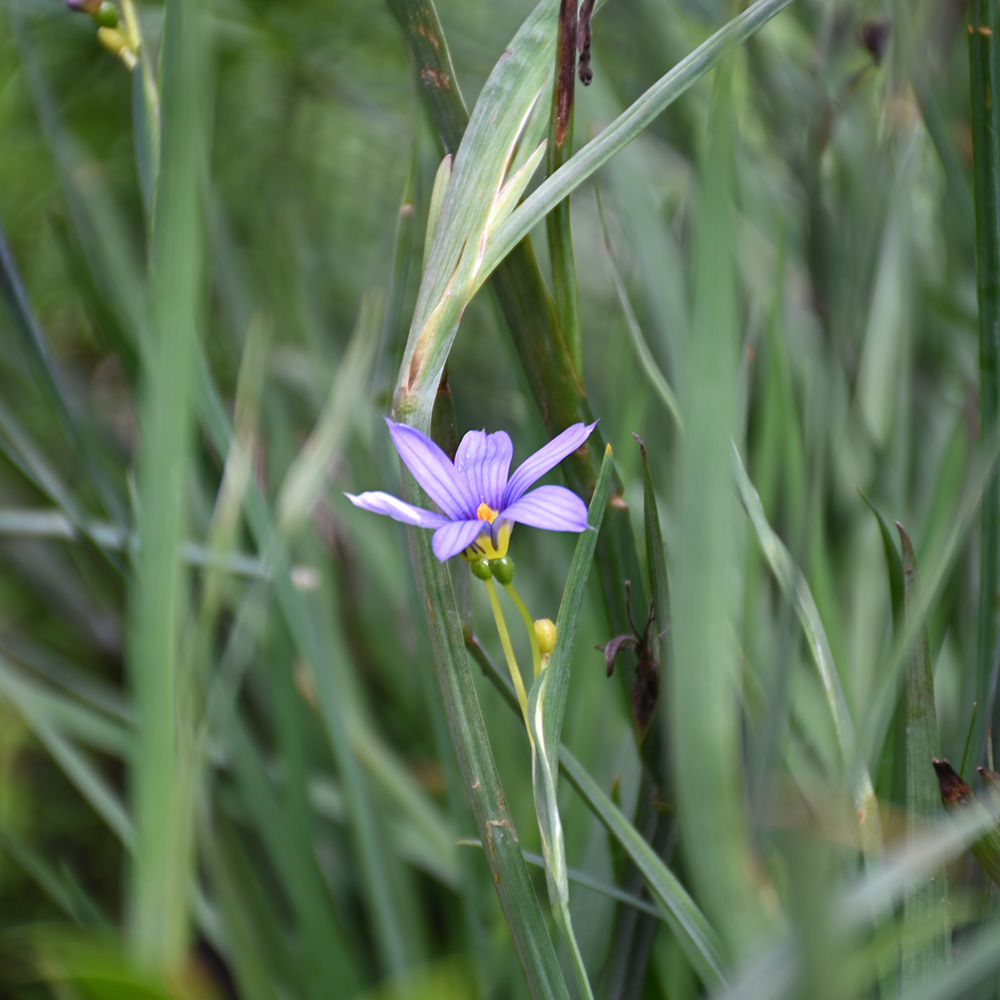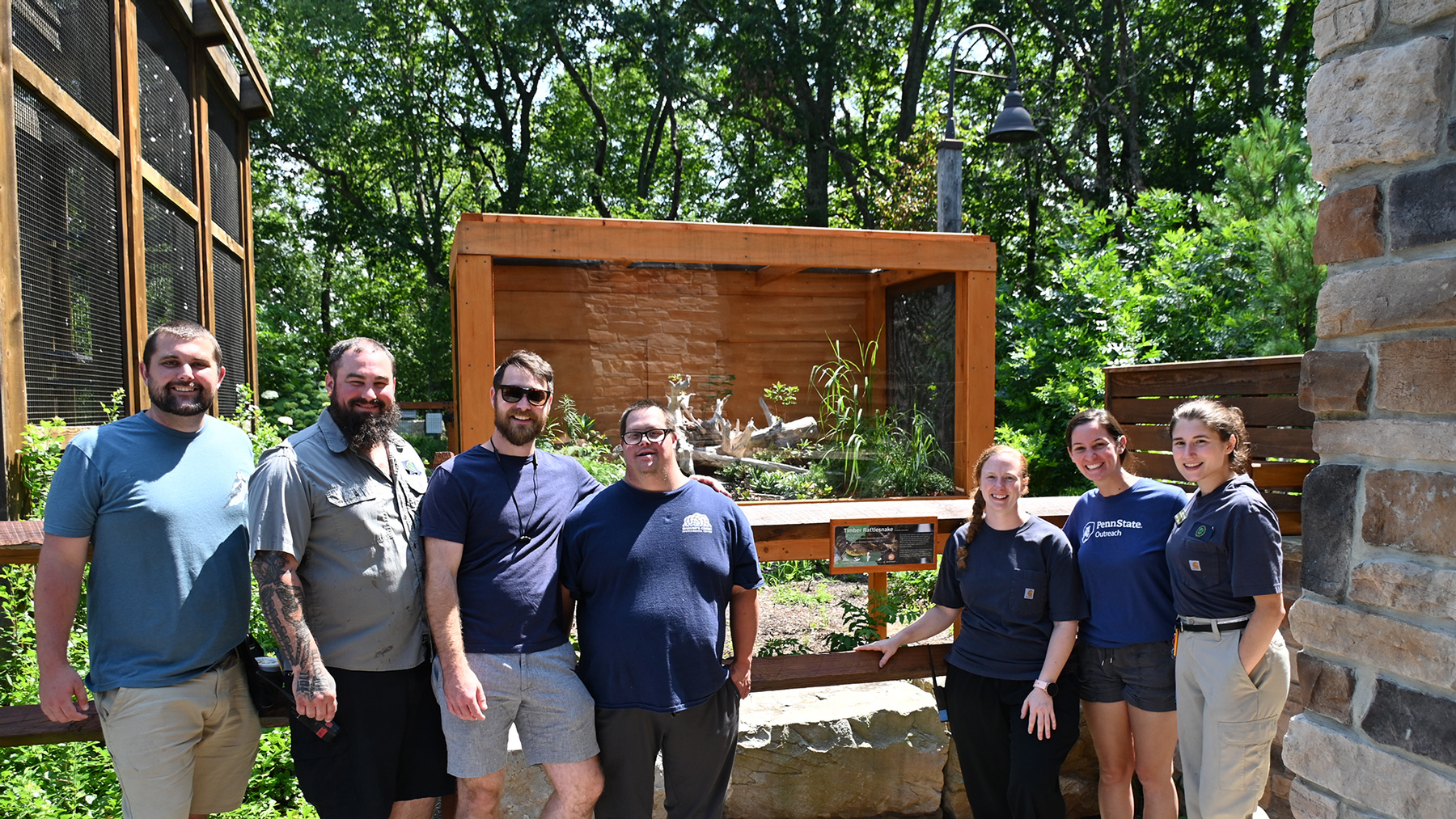
If you take a walk around the Klingsberg Aviary, you may notice that our birds are grouped based on their natural habitat preferences, their relation to people, and their relationship with water. These groupings help us tell a larger story of how these birds relate not only to each other, but to their environments. To help tell that story more completely, and to help build connection between the Litzinger Herpetarium and the Klingsberg Aviary, we made the decision to start incorporating outdoor reptile enclosures within the Aviary. These new enclosures are intended to be windows into the habitats that our birds would be interacting with in the wild while showcasing some other plants and animals often associated with these habitats. With this project, we hope to strengthen the educational connection between these birds and the rest of our world.
To kick off this ambitious project, we decided to start “at the top” and create an acidic ridgetop barren habitat to help us connect our forest hawks with the landscape they would experience while hunting and migrating across the various ridges of Pennsylvania. This habitat is characterized by soil that is generally too rocky, sandy, and acidic to allow for easy or productive crop growth, helping to give rise to the name “barren.” However, this landscape is far from empty. Many species of plants can be found here, and many of them thrive by etching out a living amongst the harsh environmental conditions that other plants simply cannot tolerate.

The first plant we chose to add to this enclosure is also the most dominant woody plant in this complex: the scrub oak. This species of oak, commonly called either bear oak or scrub oak (or Quercus illicifolia to its scientific friends) is relatively short but provides small acorns, perfect for the small mouths of birds like Blue Jays and Ruffed Grouse. Its bush-like growth habit creates great cover for many nesting songbirds and other ground dwelling wildlife. Because of its dominance, this enclosure couldn’t be without this wonderful tree.
Another group of woody plants that needed to be present in our window into the ridgetops is the heathers. Plants like the mountain laurel (our state flower), lowbush blueberry, bear berry, and tea berry can all be found growing happily amongst the scrub oaks. These plants provide beautiful colors throughout the year as well as food for a vast array of wildlife. A member of this group we chose to add who you won’t find on our local ridgetops is the flame azalea. This species has been extirpated (locally extinct) from Pennsylvania in recent years, in large part from a period in our history where azaleas and mountain laurel were being taken from our ridgetops to be sold as garden plants across the U.S. and Europe. By sharing the story of this plant, we hope to open conversations around the beauty that exists in Pennsylvania and our role in protecting it.
We also included sweet everlasting, pearly everlasting, flat-top goldenrod, yarrow, and whorled milkweed as some of our non-woody flowering friends who each have their own stories and can be found locally. They all do their part to support pollinators in this landscape and have multiple flowers present, which creates lots of foraging opportunity for the beetles and butterflies who visit them.
No ridgetop representation would be complete without a grass species. For this, we chose broomsedge bluestem. This hardy grass is found in a variety of habitats but thrives in the most challenging of places. Its name comes from its past use as a material used to build brooms, and it has some great stories to share about people and our often-complicated use of native plants.
Lastly, we wanted to acknowledge and represent the bird closest to the new enclosure, Tea, by including blue-eyed grass and spreading dogbane. As a Broad-winged Hawk, Tea is an amphibian hunter. These plants aren’t necessarily endemic to these ridgetops, but they can often be found near vernal pools and other wetter areas atop our ridges where Tea would spend her time in the wild.
Each plant in our new aviary enclosure was chosen with intentionality, and each has a story; it only makes sense that the ambassador animal chosen to live here would be selected with the same care and intentionality. For this reason, we chose Gadsden, our yellow morph timber rattlesnake.
Timber rattlesnakes are designated a species of special concern by the Pennsylvania Fish and Boat Commission. Pennsylvania is one of the last strongholds for these snakes in the Northeast. They have been extirpated throughout much of their range, which is a tragedy, the effects of which we don’t yet fully understand. What we do know is they help decrease Lyme disease through their consumption of small rodents, they help disperse seeds from many of the plants we have included in our enclosure, they are a food source themselves for many raptor species, including the three ambassador species housed in our forest hawk section, and they remain as a symbol of wilderness. We could not think of a better animal to represent the ridgetop habitat than this impressive snake.
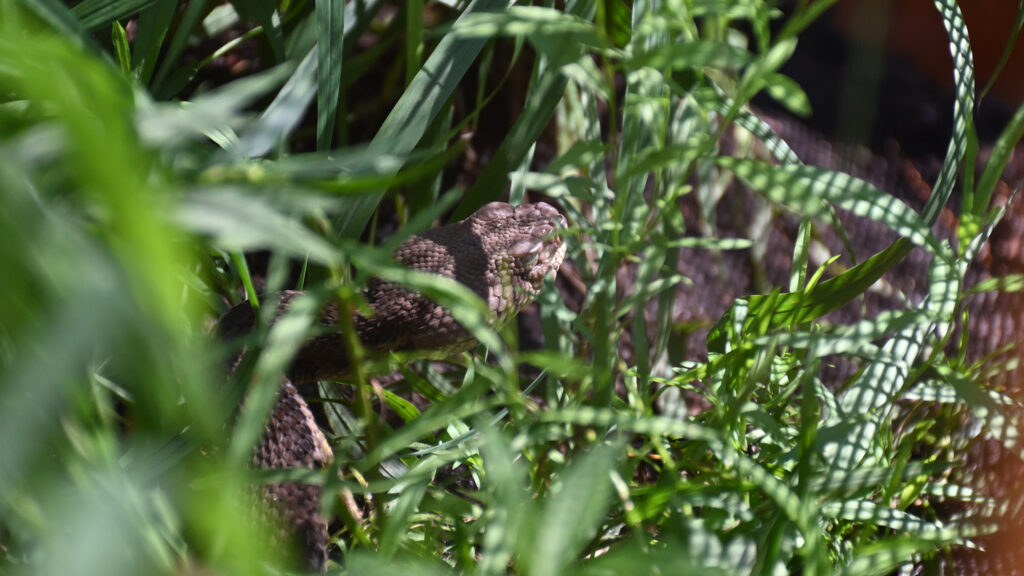
Gadsden, who is now almost 8 years old, has lived at Shaver’s Creek since 2020. He played a key role in pioneering our venomous snake training and welfare research program, and now he’s stepping into a new role as an ambassador in pioneering our very first outdoor reptile habitat. Rattlesnakes are often misunderstood, and one of the most overlooked aspects of their biology is just how intelligent they are—and how much they benefit from engaging environments. By offering Gadsden a space that mimics his natural habitat, we’re not only improving his quality of life but also creating new opportunities for our visitors to see these remarkable reptiles in a new light. This enclosure offers Gadsden far more than just fresh air—it provides real sunlight, the sounds and movement of the natural world, and dynamic terrain to explore. These elements offer valuable enrichment that supports both his physical and mental well-being.
Acidic ridgetop barrens and the plants and animals who rely on them can be found in many local areas, such as Jo Hayes Vista and Black Moshannon State Park, often above 1,200 feet. We encourage all our visitors to get outside and experience the diversity of habitats found in Pennsylvania, but for those who want a more accessible peek into the ridgetop habitats of Pennsylvania or for those who want to further their depth of knowledge of this incredible habitat, we are proud to offer this experience and we hope those who visit enjoy this piece of the greater story of Pennsylvania.
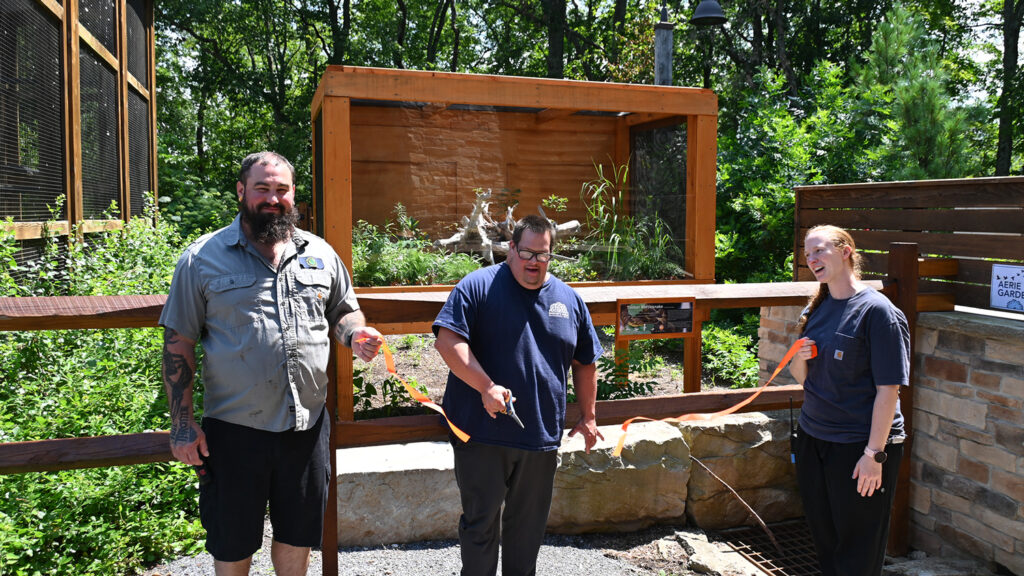
Stay tuned as we hope to continue exploring ecosystems and introducing new reptile enclosures into the Klingsberg Aviary. Special thanks to Chris Diehl on our Grounds and Facilities crew for his thoughtful and dedicated craftsmanship in creating this new enclosure and to our longterm volunteer Toby for doing the honor of cutting the ribbon!
To further support Gadsden, Tea, and the Shaver’s Creek Wildlife Program, consider becoming an Honorary Animal Caretaker today!

